Infrastructure Investment
Investment in infrastructure development is a significant catalyst for the Non-woven Geotextile Market. Governments and private sectors are increasingly allocating funds for road construction, land reclamation, and other civil engineering projects. The use of non-woven geotextiles in these applications enhances soil stability and reduces erosion, thereby improving project longevity. Recent data indicates that infrastructure spending is expected to reach trillions of dollars in the coming years, creating a robust demand for non-woven geotextiles. This trend suggests that as infrastructure projects proliferate, the market for non-woven geotextiles will likely experience substantial growth, driven by their essential role in modern construction practices.
Technological Innovations
Technological advancements in manufacturing processes are transforming the Non-woven Geotextile Market. Innovations such as improved bonding techniques and the development of multifunctional geotextiles are enhancing product performance and expanding application areas. For instance, the introduction of geotextiles with enhanced filtration and drainage capabilities is likely to attract new customers in sectors such as agriculture and environmental protection. The market is witnessing a shift towards high-performance non-woven geotextiles, which are expected to capture a larger share of the market. This trend indicates that as technology continues to evolve, the non-woven geotextile market will benefit from increased efficiency and effectiveness in various applications.
Growing Awareness of Soil Erosion
The rising awareness of soil erosion and its detrimental effects on agriculture and infrastructure is driving demand in the Non-woven Geotextile Market. As stakeholders recognize the importance of soil conservation, the adoption of non-woven geotextiles for erosion control is becoming more prevalent. These materials provide effective solutions for stabilizing soil and preventing erosion in various environments, including slopes and riverbanks. Recent studies suggest that the global soil erosion problem could lead to significant agricultural losses, prompting governments and organizations to invest in protective measures. This growing concern indicates a potential surge in the use of non-woven geotextiles, as they are increasingly viewed as essential tools for sustainable land management.
Rising Demand for Sustainable Solutions
The increasing emphasis on sustainability appears to be a pivotal driver for the Non-woven Geotextile Market. As environmental concerns gain traction, industries are seeking eco-friendly materials that minimize ecological footprints. Non-woven geotextiles, made from recycled materials, align with this trend, offering a sustainable alternative to traditional textiles. The market for non-woven geotextiles is projected to grow at a compound annual growth rate of approximately 7% over the next five years, driven by their application in erosion control, drainage, and filtration. This shift towards sustainable practices not only enhances the appeal of non-woven geotextiles but also positions them as a preferred choice in various construction and landscaping projects.
Regulatory Support for Environmental Protection
Regulatory frameworks aimed at environmental protection are emerging as a crucial driver for the Non-woven Geotextile Market. Governments are implementing stricter regulations regarding waste management and land use, which often necessitate the use of geotextiles in construction and landscaping projects. Non-woven geotextiles, known for their durability and effectiveness in various applications, are likely to be favored in compliance with these regulations. The market is expected to benefit from policies promoting the use of sustainable materials, as industries seek to adhere to environmental standards. This regulatory support may lead to increased adoption of non-woven geotextiles, further solidifying their position in the market.


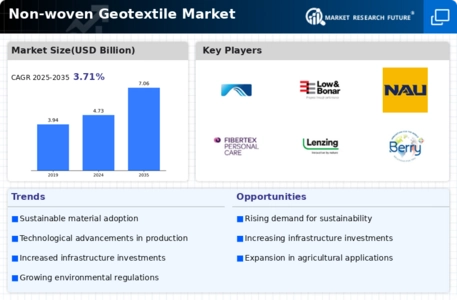
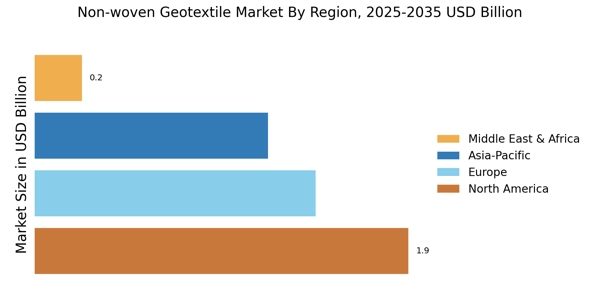

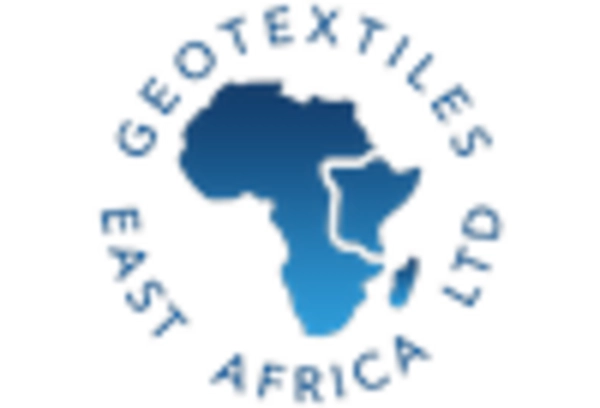

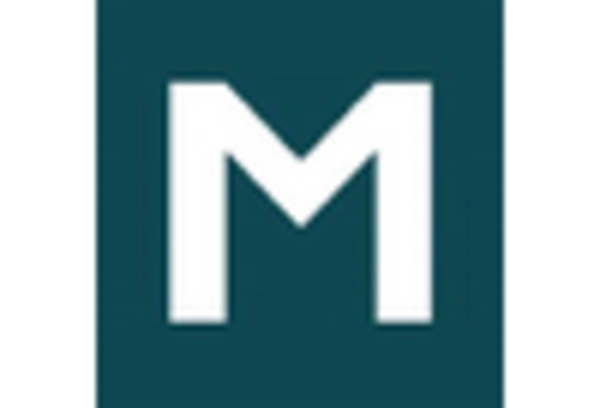

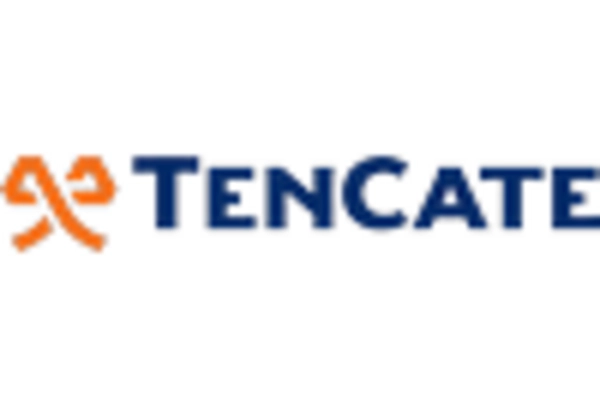

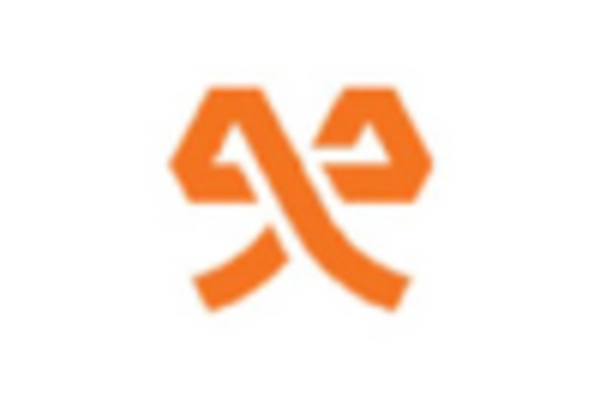








Leave a Comment